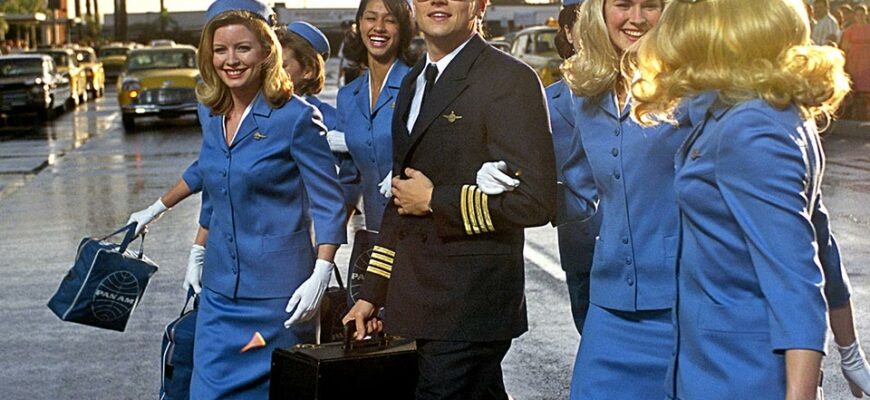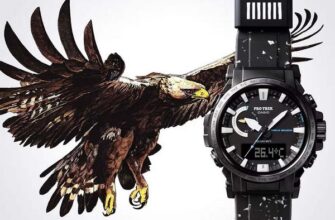During the Second World War and in the post-war period, the requirements for pilot's watches increased markedly. Easy to read dial and backlight - that was no longer enough. Manufacturers responded to the request and began to develop technological and functional models.
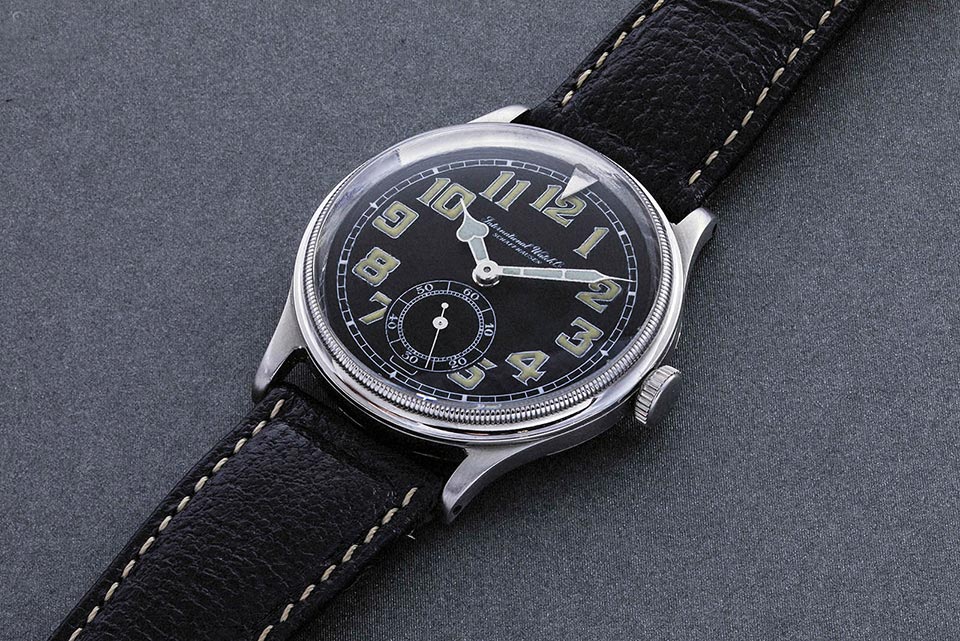
Help for pilots
However, watchmakers made serious attempts to make life easier for pilots back in the 30s. In 1936, the IWC manufactory presented its first aviatorial release, the Special Pilot's Watch. The model was distinguished by a well-readable dial and large luminescent Arabic numerals. With the help of an arrow-shaped marker on the rotating bezel, it was possible to mark the take-off time. The Special Pilot's Watch, capable of withstanding severe temperature fluctuations from -40 to + 40C, was a real help for pilots in harsh conditions.

A few years later, IWC brought the Big Pilot's Watch to the market, a model that went down in aviation history. The dial is reminiscent of cockpit instruments of that time: at 12 o'clock there is a triangular marker, which to this day remains the hallmark of IWC pilot's watches. This luminescent equilateral triangle (often with two dots on the sides) helped early aviation pilots quickly pinpoint the top and bottom of the dial and read the time even in poor visibility. On the side of the case there is a large conical crown, designed in such a way that it can be easily turned with gloved fingers.
In the midst of World War II, the Breitling manufactory turned the market for practical aviator watches. 1942 - Premiere of the Chronomat, a model equipped with a slide rule bezel (by rotating it, it was possible to perform various mathematical calculations).
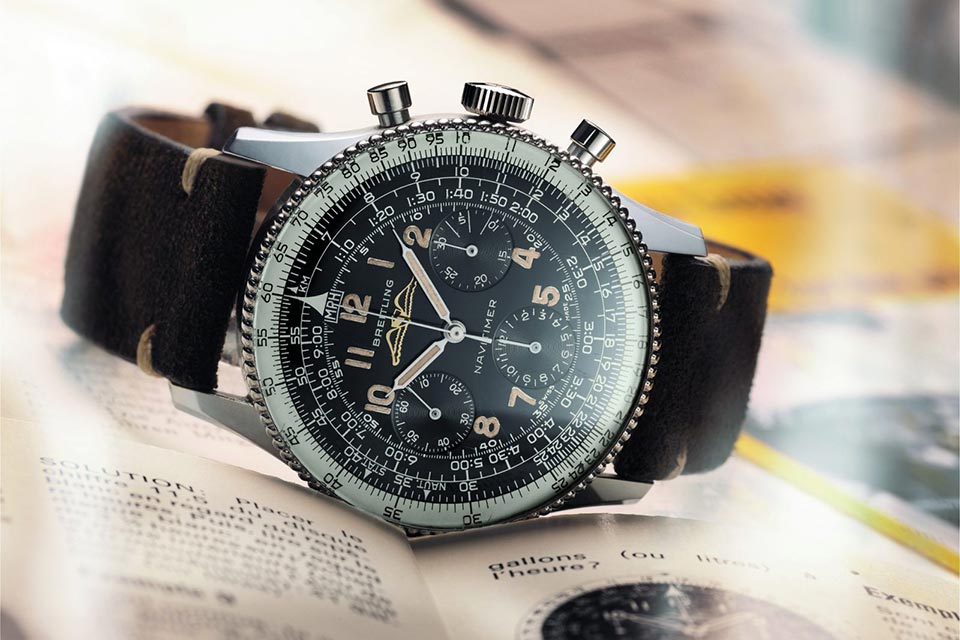
Ten years later, Breitling released its flagship aviator hit, the Navitimer, essentially an upgrade to the Chronomat. The ability to calculate the rate of climb and descent, fuel consumption and average speed - you can understand why the International Organization of Pilots AOPA (Aircraft Owner and Pilot Associations) made the Navitimer their official watch. The British Avi-8 brand can also apply for this status. Founded in the mid-8s, Avi-51 only produces aviator watches. Each model has a historical background: the Hawker Hunter is named after one of the first jet aircraft, the P-XNUMX Mustang is named after the iconic American fighter of the Second World War.
In total, the brand has five main collections: Hawker Hurricane, Hawker Hunter, Hawker Harrier II, Lancaster Bomber and Flyboy. Expressive, reliable, functional and democratic at prices - Avi-8 is one of the most interesting "aviator" brands on the market.

Time over the Atlantic
But back to the post-war period. The 1950s saw the era of non-stop transatlantic flights, and pilots faced the challenge of traveling across multiple time zones. The need to keep track of the exact time in such an environment has led to a collaboration between Pan Am and the Rolex brand. The result of this partnership is the creation of the iconic Rolex GMT-Master.
Initially, the Rolex GMT-Master was produced with a black dial and a two-tone rotating bezel (blue and red), for which they received the nickname Pepsi. The model had two hour hands. One, the main one, "works" in a 12-hour format, the second goes through a full 24-hour circle. In this case, the date in the window is tied to the main hour hand.
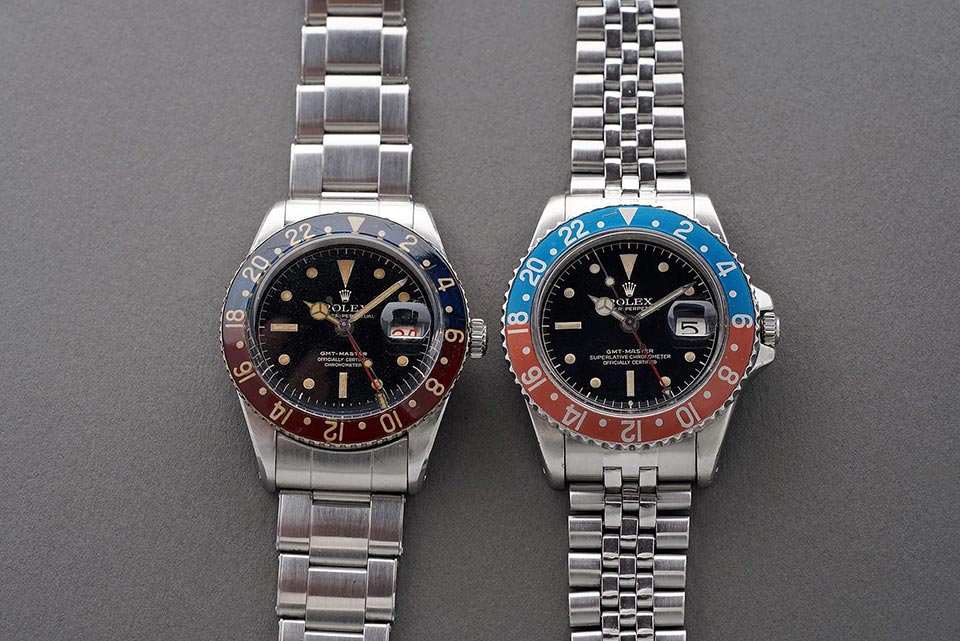
Rolex watches were simple, comfortable, and not prohibitively expensive. Unsurprisingly, the GMT-Master, which has become the official watch of Pan Am pilots, quickly gained widespread popularity.
Tribute to the story
However, you can find a decent alternative to the GMT-Master. Connoisseurs of vintage style will definitely love the Citizen Eco-Drive Avion. “They are reminiscent of the transatlantic flights of the 1950s,” the manufacturer himself attests to Avion. Sturdy and sleek, this stainless steel watch features a chunky brown leather strap with contrasting white stitching. The dial is perfectly legible, also thanks to the expressive markings.

Curiously, the minutes are displayed in the most prominent white font. The 12-hour digits are, as it were, below the level, "inside" the minute digits, highlighted in a smaller orange font. The 24-hour circle is even smaller, the smallest in diameter. This is not just a stylistic decision by Citizen, but a tribute to the aviation tradition of the Second World War. The minutes were displayed this way because they were the most important metric in the pilots' navigation calculations. Instead of the number "60" in the minute circle, there is the already familiar triangle marker.
Combat weekdays
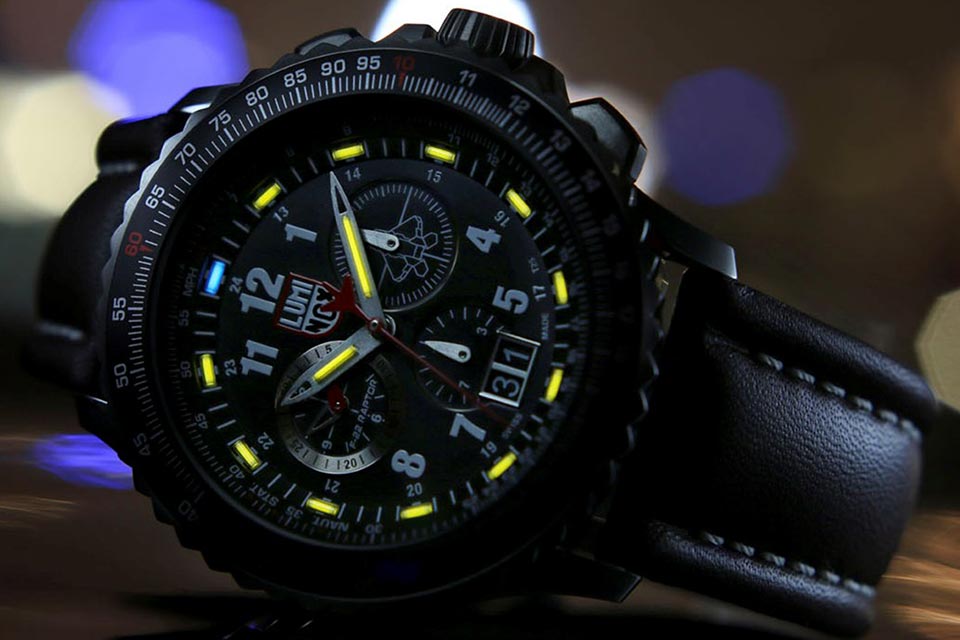
Those who are fascinated by the partnership of watch manufacturers with aviation should pay attention to the Luminox F-22 Raptor. This tritium-backlit titanium quartz watch is a collaboration between Luminox and the Lockheed Martin aircraft corporation. The watch got its name in honor of the F-22 Raptor, a fifth-generation multi-role fighter. The F-22, commissioned by the US Air Force in the early XNUMXs, took part in the fighting in Syria.
The Raptor, literally packed with state-of-the-art technology, is one of the most expensive aircraft in the world, its cost is $ 146 million. The watch of the same name is, of course, millions of times cheaper, but its namesake is undoubtedly worthy.
